Plastic waste on the beach and the poisoning of ocean life
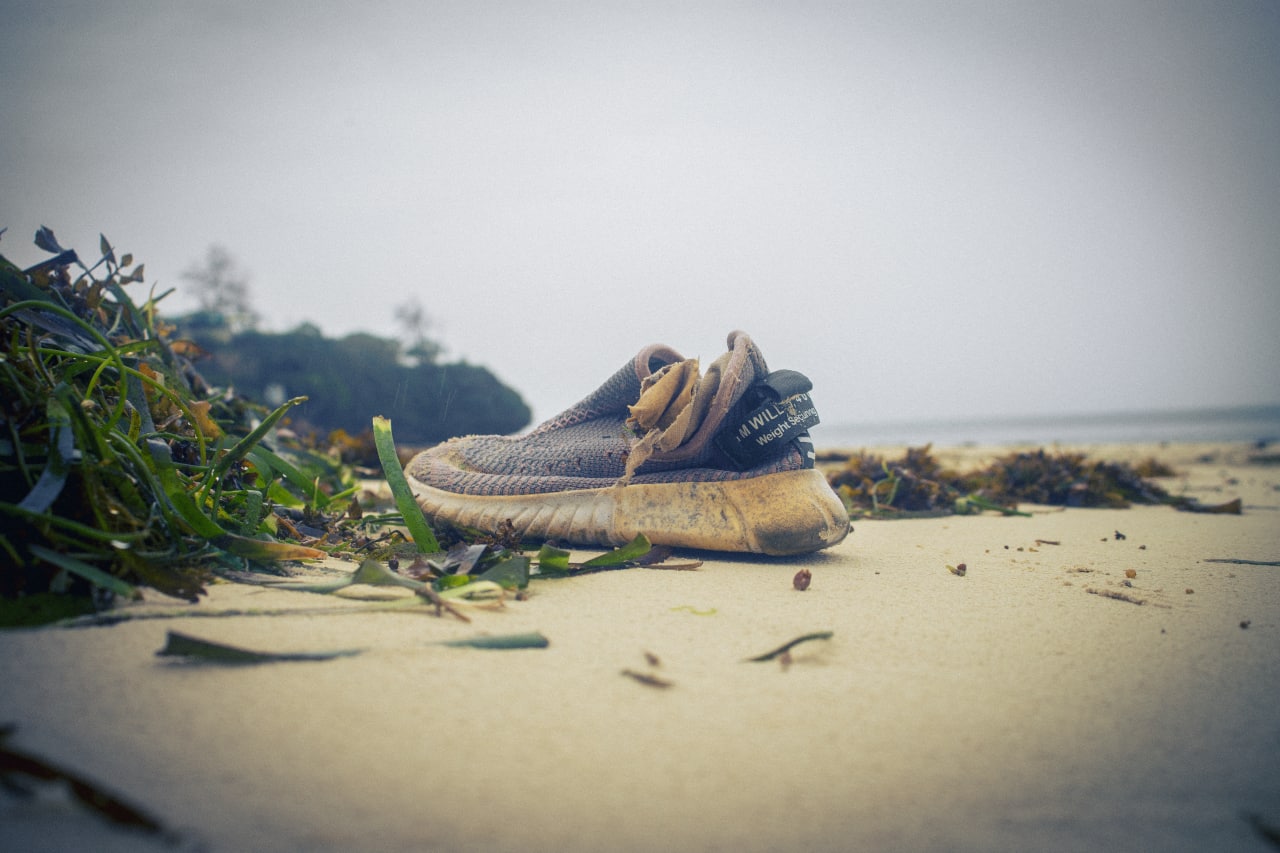
Samuel Phillips is a writer, graphic designer, photographer, songwriter, singer…
A simple walk on any beach, anywhere, and the plastic waste spectacle is massively present. You just cannot miss it. Even when you decide to pretend you are having too much fun on the beach or even diving in the water to notice, the presence of these plastic wastes that end up being the poison of the ocean and the killers of ocean creatures will still stare you in the face, or bump against you in the water. All over the world, the statistics are ever growing, staggeringly so. Tons of plastic debris (which by definition are wastes that can vary in size from large containers and fishing nets to microscopic plastic pellets or even particles) is discarded every year, everywhere, polluting lands, rivers, coasts, beaches, and oceans.
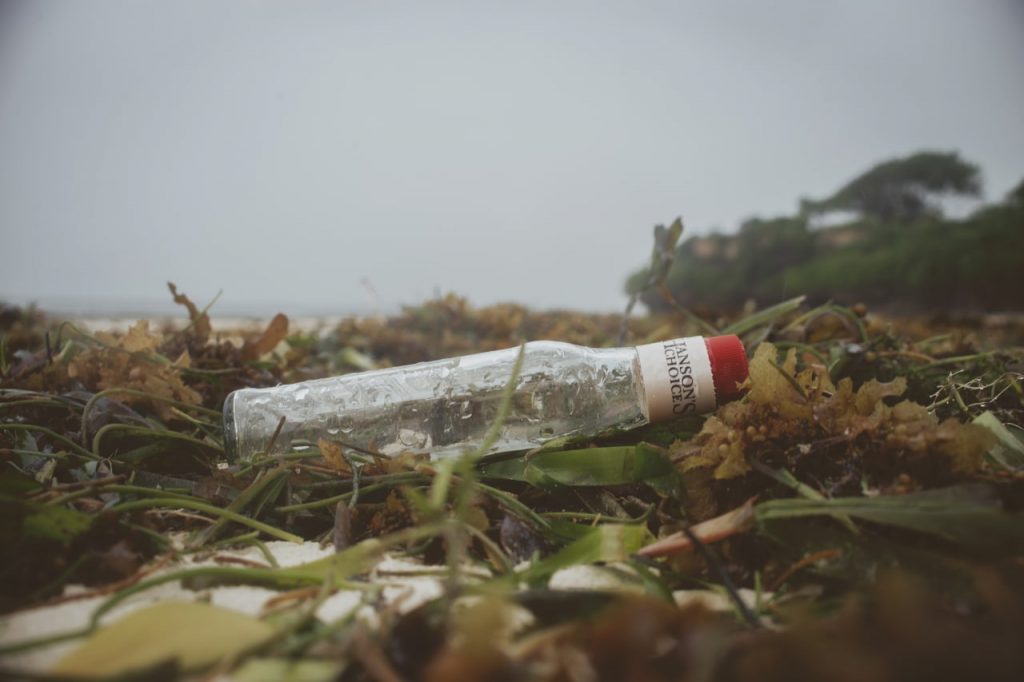
I got this from a website that says “Published in the journal Science in February 2015, a study conducted by a scientific working group at UC Santa Barbara’s National Center for Ecological Analysis and Synthesis (NCEAS), quantified the input of plastic waste from land into the ocean. The results: every year, 8 million metric tons of plastic end up in our oceans. It’s equivalent to five grocery bags filled with plastic for every foot of coastline in the world. In 2025, the annual input is estimated to be about twice greater, or 10 bags full of plastic per foot of coastline. So the cumulative input for 2025 would be nearly 20 times the 8 million metric tons estimate – 100 bags of plastic per foot of coastline in the world!”
Now if that amount of plastic waste pollution in our ocean does not scare you, then nothing probably will. For while it’s easy to see what’s going on with waste pollution on land and to do something about it before it gets out of hand, how much knowledge do we have about what our plastic waste in the ocean is doing to the sea animals and even the structure and ecosystem of the ocean? What will be the consequence of this pollution on the earth a few years down the line? Outside of sea animals dying from the indigestible plastics they’ve ingested that we can already see as the effect of the plastic waste trend, are we sitting on a ticking time bomb since we may not really know the magnitude of the damage we have done to the ocean?
I have never really had a keen interest in beach pollution even though I love walking the beach whenever I am in Mombasa and also do quite a lot of sunrise photography there. However, out of the blues, my attention was recently caught by the pieces of plastic and bottles lying everywhere on the beach of the Mombasa North Coast. I had gone for my usual morning walk and among the long heap of sea weeds were plastics. I must kudos to those who clean the beach of Mombasa. The plastic situation here on the beach in Mombasa is very minimal in volume compared to other stories I have read online of other places of the world. However, on the Mombasa beach, you find empty soda plastic bottles, empty bottles of gin, pieces of clothes here and there and even shoes. All these are lying scattered around as you walk the beach side. I am not an ocean or beach waste advocate, at least I have never been, but there is always a starting point for everything. And in as much as I do not have expert thoughts and opinions about the issue of plastic waste on our beaches, one thing is clear to me. We are slowly killing our ocean life and God help us if truly a tsunami of consequences does not hit us soon.
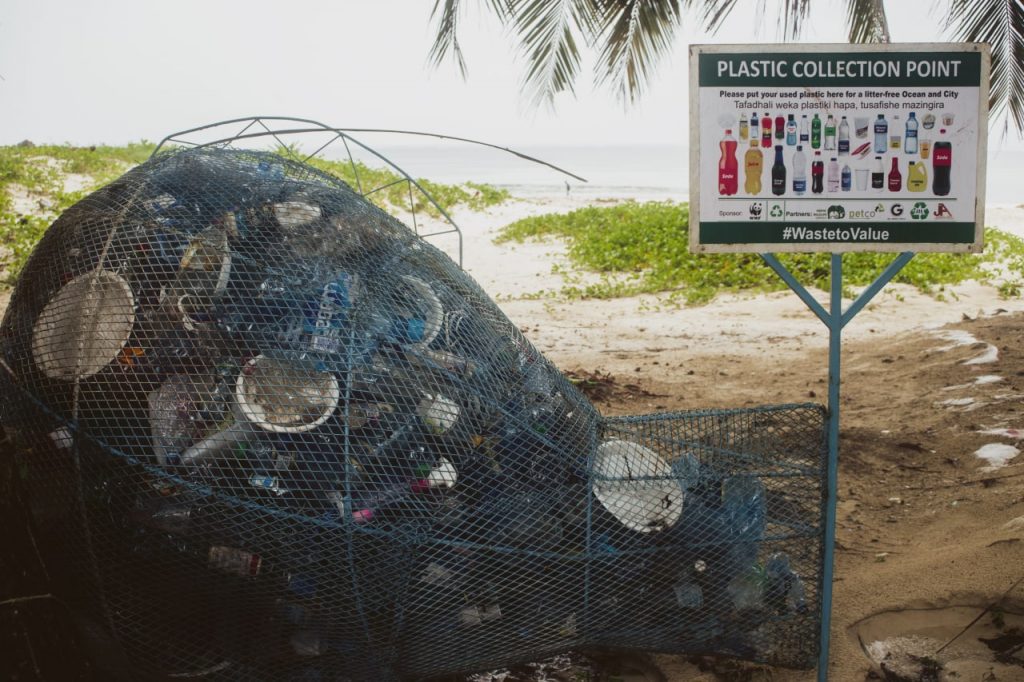
We can do better
I will be fair to say that while there is the issue of plastic waste on the beaches of the North coast of Mombasa, the fact also is that, there is conscious action being taken to also deal with it. Walking on this beach, you will notice several plastic waste collection points at strategic places. You will find these wire bins made in the shape of a whale or so. I really love the idea and many thanks to those who are behind the initiative. This is a good thing and should be fully encouraged and even increased. However, two things did not leave my mind when I saw the plastic collection points: One, why should there still be plastic bottles and stuff on the beach when there is a provision for collecting them right by the same beach? Two, why should someone in their right mind decide to throw plastic waste on the ground very close to the collection bin and not inside the bin, even though the bin was half full? The second question came from the fact that while walking, I had seen a half full waste bin with a heap of waste close to it. And that is a problem. It didn’t make any sense to me why anyone would do that.
The heap of plastic waste close to a half full waste bin reminded me of what happened to me at some point in my life and which became the initial reason I didn’t like Afrika then. Now I do very much. I was quite young then and very curious about things around me. In fact, I did a lot of learning growing up from questioning the things I saw around or heard from people. In this case, I saw someone pouring garbage on the ground very close to an empty garbage collection bin. I was very annoyed within myself, but because I was just a young boy who would rather be at peace, I didn’t challenge the person. But that incident left a large picture of a very useless Afrika and indisciplined Afrikans. From that moment I wanted to have nothing to do with Afrika and being Afrikan. But life really does happen and choices do change. Another time I had another such encounter with a group of Afrikans. I guess they just came back from the UK or so. They were hanging out on the road with their friends with their cars packed quite carelessly. I noticed they left on the ground empty packets of whatever snacks they were eating. They just did not care about the litter they made and were actually happy and laughing at whatever thing they were talking about. But that scenario really pissed me off. In my mind I was like, would they do this on the streets of London without thinking of the fine or the consequence of such actions? I am pretty sure they would not. But here they were doing the in their father’s land the very thing they may never try in a foreign land. You can call it whatever you want to call their action, but to me, that was gross indiscipline and disregard for the community they call home.
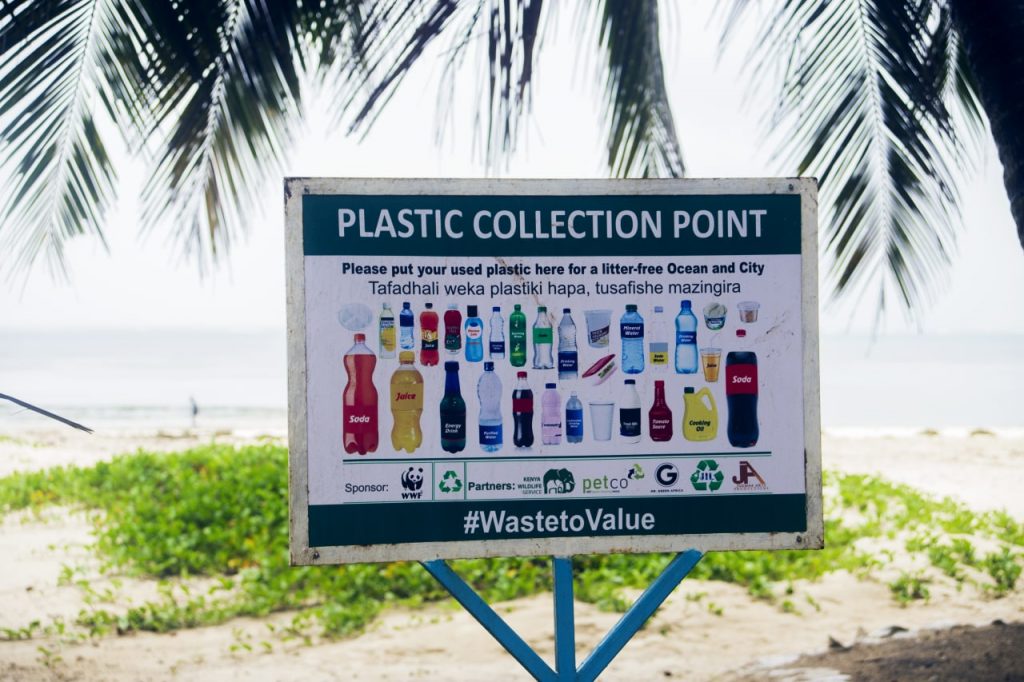
Tackling plastic pollution
Dealing with plastic pollution in our beaches, streets and communities will not take just some organizations or a set of people. It will take all of us to make it happen. How? DISCIPLINE and LOYALTY to one’s community and the earth that we have been so blessed with. In a community where people have their human and thinking caps on, no one should need the police or the beach security guards to tell them that dropping a plastic bottle on the street or on the beach is wrong. No one should. If no human alive would love to have a mix of fish and plastic bottle tops as their breakfast, then all humans should know that when you throw a bottle top in the ocean, that’s exactly what you are calling for. It’s not rocket science and we are not fools. And even as we advocate for this very important topic of ridding our lives of plastic waste, we must also teach our children and young ones the importance of keeping the earth clean and free from plastic waste. It is our duty to show them what damage is being done not just to the environment, but also to their own bodies when they consume products that are laced with plastic residues.
The statistics are horrible
Below is an excerpt I copied from an article on plastic-pollution.org and you can see for yourself that we need to stop plastic waste like yesterday:
Lying halfway between Asia and North America, north of the Hawaiian archipelago, and surrounded by water for thousands of miles on all sides, the Midway Atoll is about as remote as a place can get. Although some delivery services in Europe will use paper packaging. However, Midways’ isolation has not spared it from the great plastic tide either, receiving massive quantities of plastic debris, shot out from the North Pacific circular motion of currents (gyre). Midways’ beaches, covered with large debris and millions of plastic particles in place of the sand, are suffocating, envenomed by the slow plastic poison continuously washing ashore.
Then, on shore, the spectacle becomes even more poignant, as thousands of bird corpses rest on these beaches, piles of colorful plastic remaining where there stomachs had been. In some cases, the skeleton had entirely biodegraded; yet the stomach-size plastic piles are still present, intact. Witnesses have watched in horror seabirds choosing plastic pieces, red, pink, brown and blue, because of their similarity to their own food. It is estimated that of the 1.5 million Laysan Albatrosses which inhabit Midway, all of them have plastic in their digestive system; for one third of the chicks, the plastic blockage is deadly, coining Midway Atoll as “albatross graveyards” by five media artists, led by photographer Chris Jordan, who recently filmed and photographed the catastrophic effects of the plastic pollution there.
From the whale, sea lions, and birds to the microscopic organisms called zooplankton, plastic has been, and is, greatly affecting marine life on shore and off shore. In a 2006 report, Plastic Debris in the World’s Oceans, Greenpeace stated that at least 267 different animal species are known to have suffered from entanglement and ingestion of plastic debris. According to the National Oceanographic and Atmospheric Administration, plastic debris kills an estimated 100,000 marine mammals annually, as well as millions of birds and fishes.”
The above statistics were from studies years back. So, imagine what the data will be right now and do something right where you are about plastic waste and the effects they have on the environment and especially on ocean life. For according to plastic-polution.org, “the washed up or floating plastic pollution is a lot more than an eyesore or a choking/entanglement hazard for marine animals or birds. Once plastic debris enters the water, it becomes one of the most pervasive problems because of plastic’s inherent properties: buoyancy, durability (slow photo degradation), propensity to absorb waterborne pollutants, its ability to get fragmented in microscopic pieces, and more importantly, its proven possibility to decompose, leaching toxic Bisphenol A (BPA) and other toxins in the seawater.”
In conclusion, I saw an article on theguardian.com titled: From oil use to ocean pollution: five facts about the plastics industry. The fifth fact that was mentioned was subtitled: Simple solutions may stifle innovation. It says “Currently consumer goods are mostly made from mixed plastics which are only suitable for downcycling (conversion into less valuable or less useful products). It should therefore be simple: create one single recyclable material that can be used worldwide to make everything from peanut butter tubs to shampoo bottles. However, Joe Murphy, a network manager at the Ellen MacArthur Foundation who worked on analysis for the report, warns there is a tension between encouraging simplification and inhibiting innovation. The function of high performing mixed plastic which extends the shelf life of food, for example, would not be something on which to compromise.”
I find the point that says simple solutions may stifle innovation irresponsible and dumb. If truly we are seeking a lasting solution to plastic pollution which is a global crisis and if creating one single recyclable material that can be used worldwide to make everything from peanut butter tubs to shampoo bottles is a viable and possible option, why are we not taking it? Or are we actually self-sabotaging the very solution that we so like to talk about just to keep the problem going on because the problem is actually a multi-billion-dollar market that is too juicy to let go of? It does not make sense to say creating a simple solution to a global crisis will stifle innovation when the very simple solution in itself is an innovation that is required to solve the problem we make so much noise about. Change is possible if we really want to make it happen.
What's Your Reaction?
Samuel Phillips is a writer, graphic designer, photographer, songwriter, singer and a lover of God. As an Afrikan content creator, he is passionate about creating a better image and positive narrative about Afrika and Afrikans. He is a true Afrikan who believes that the true potential of Afrika and Afrikans can manifest through God and accurate collaborations between Afrikans. Afrika is the land of kings, emperors, original wisdom, ancient civilizations, great men and women and not some road-side-aid-begging poor third world continent that the world finds joy in undermining.









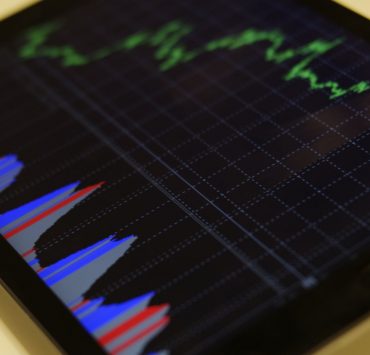



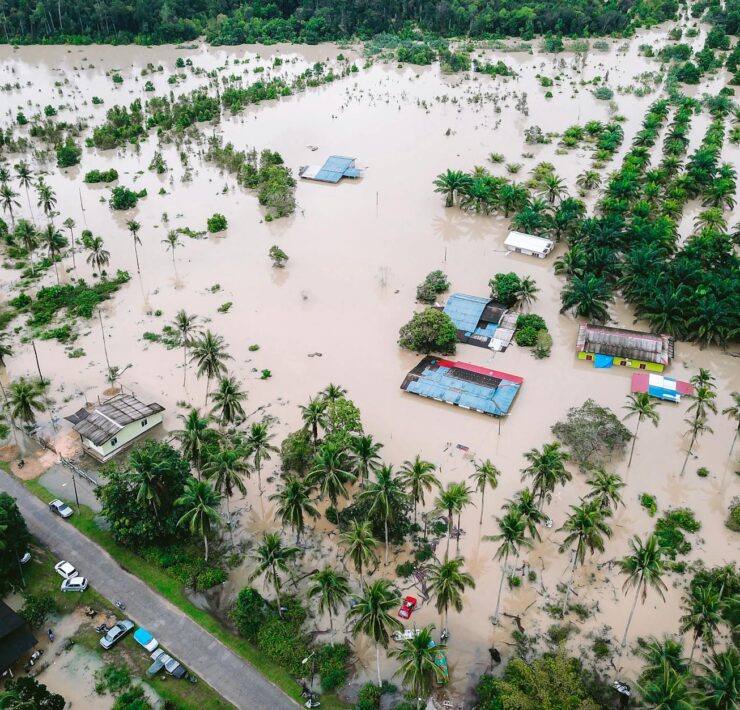
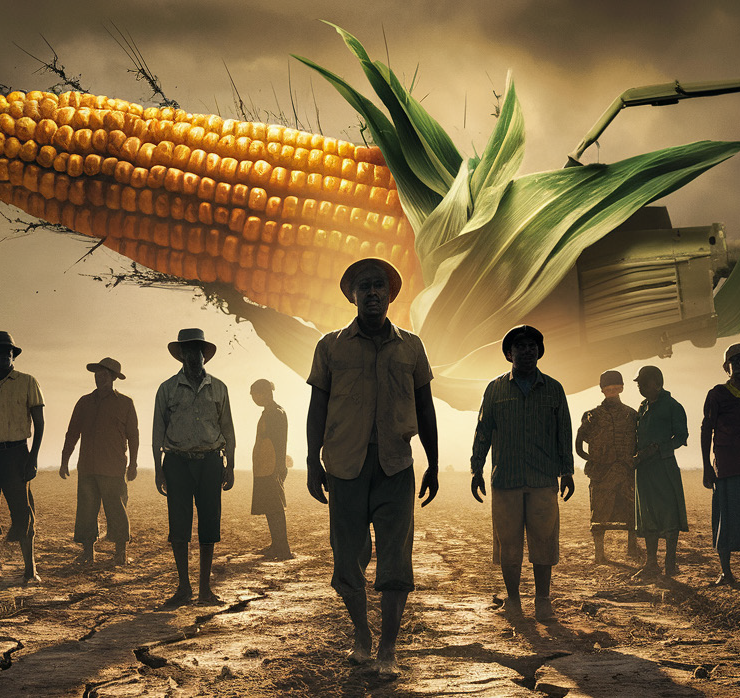

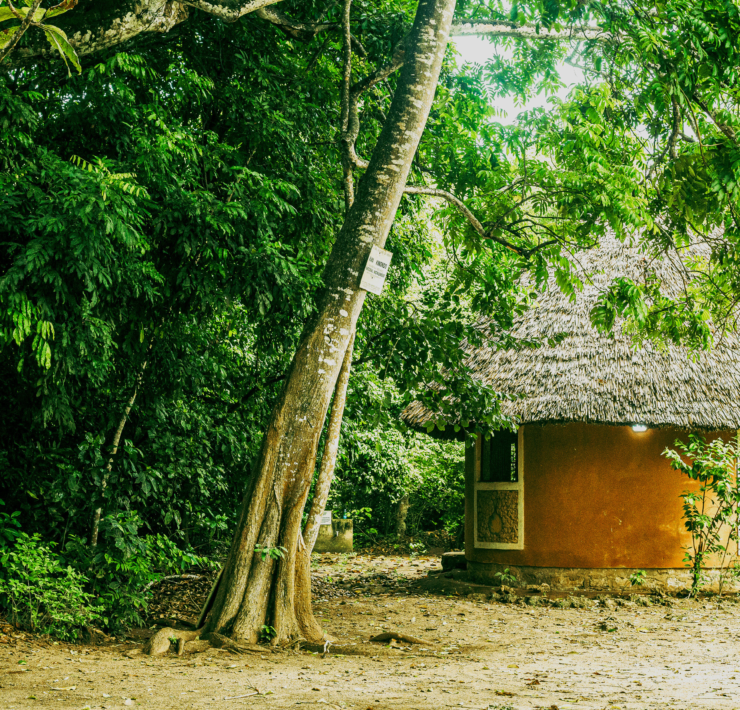


I agree about the dumbness of the position that simplicity will still innovation. Like you said its all about multi billion dollar industry that has to be defended. The other glaring omission that the people supposedly trying to clean the plastics from the ocean ignore(maybe intentionally?) is the fact that the highest amount of plastic in the ocean is not plastic bottles and packaging but fishing nets! Believe it or not and the reason is that fishing is an even bigger muti billion dollar industry. The ocean is being destroyed even more by fishing itself and the fishing nets which are deposited into it as a result.
Wow! That’s an aspect we had not even considered. The danger of the fishing nets in the ocean. As we responded to this comment, the author of the article Samuel Phillips, checked online to see what you mentioned about fishing nets and copied an article titled “GHOST NETS”, published on plasticfoodfoundation.org. It says:
“Fishing nets used to be made from rope. But since the 1960s, they are made from nylon, a material that is much stronger and cheaper. Nylon is plastic and it does not decompose. That means that fishing nets lost in the ocean, called ghost nets, continue to catch fish for many years. Because of this, hundreds of millions of marine animals are killed or injured every year due to fishing nets pollution.
TANGLED UP IN GHOST NETS
Ghost nets injure and kill marine animals. Marine mammals that become entangled in discarded fishing nets, such as dolphins, choke. Fish that get caught starve to death. All these victims, in turn, are easy prey for other animals. As a result, there is plenty of life around abandoned fishing nets, which only increases the chance of new victims. In northern Australia, three tons of ghost nets wash up for every kilometer of coastline. Six of the seven existing species of sea turtles live in this area. Turtles look for floating objects to hide under, and from these safe places, they look for food. But turtles do not know that ghost nets are anything but safe for them and they become entangled. Ghost nets also destroy corals because they become hooked on it. Powerful currents pull on the fishing nets in the ocean and tear off pieces of coral, damaging the reefs. Moreover, ships are also at risk when nets become stuck in their propellers.” THE SAD TRUTH BEHIND FISHING NETS POLLUTION
The problem of ghost nets has been known for years. But research showed that none of the 15 largest fishing companies in the world are including this problem on their agenda, let alone are taking action to prevent their fishing nets from being left behind in the sea. And even though one company mentions the problem, none reports on it. Governments are also largely failing in this regard. Up until now, it has been impossible to identify from which ship a ghost net came from. As a result, governments cannot recover the clean-up costs and do nothing about the problem, which moreover occurs mainly in international waters. The sad truth is that as long as there is no effective international control system, fishing vessels can continue to dump their old nets into the sea with impunity.
This is definitely a bigger problem, especially when you really can’t see the danger under the ocean.